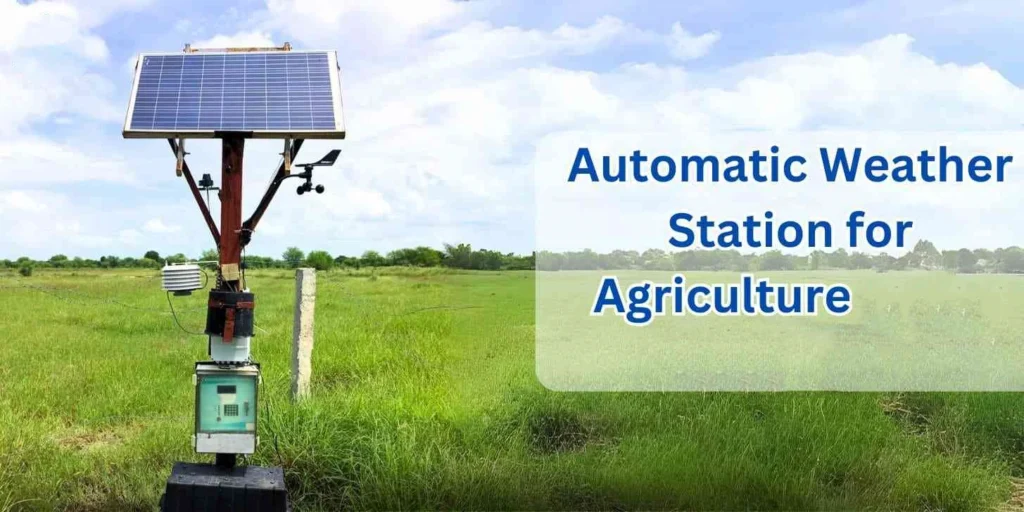
# Automated Weather Station: Enhancing Meteorological Data Collection and Analysis
## Introduction to Automated Weather Stations
Automated Weather Stations (AWS) have revolutionized the way meteorological data is collected and analyzed. These advanced systems are designed to automatically gather weather-related information without the need for constant human intervention. By leveraging cutting-edge technology, AWS provides accurate and real-time data, which is crucial for various applications, including agriculture, aviation, and disaster management.
## Key Components of an Automated Weather Station
An AWS typically consists of several key components that work together to collect and transmit data. These components include:
– Sensors: These are the primary data collection tools, measuring parameters such as temperature, humidity, wind speed, and precipitation.
– Data Logger: This device records the data collected by the sensors and stores it for further analysis.
– Communication Module: This component transmits the collected data to a central server or cloud-based platform for real-time monitoring and analysis.
– Power Supply: AWS units are often powered by solar panels or batteries, ensuring continuous operation even in remote locations.
## Benefits of Using Automated Weather Stations
The adoption of AWS offers numerous benefits, making it an indispensable tool in modern meteorology:
– Accuracy: Automated systems reduce human error, providing more precise and reliable data.
– Real-Time Data: AWS enables the collection and transmission of data in real-time, allowing for timely decision-making.
– Cost-Effectiveness: By automating data collection, AWS reduces the need for manual labor, leading to cost savings.
– Scalability: These systems can be easily scaled to cover larger areas, making them suitable for both local and global weather monitoring.
## Applications of Automated Weather Stations
Automated Weather Stations are utilized in a wide range of applications, each benefiting from the precise and timely data they provide:
– Agriculture: Farmers use AWS data to optimize irrigation, planting, and harvesting schedules, improving crop yields.
– Aviation: Accurate weather data is crucial for flight safety and efficiency, helping pilots and air traffic controllers make informed decisions.
– Disaster Management: AWS plays a vital role in predicting and monitoring natural disasters such as hurricanes, floods, and wildfires, enabling timely evacuations and resource allocation.
– Climate Research: Scientists rely on AWS data to study long-term climate patterns and assess the impact of climate change.
## Challenges and Future Prospects
Despite their numerous advantages, AWS face certain challenges that need to be addressed:
– Maintenance: Regular maintenance is required to ensure the sensors and other components function correctly.
– Data Security: Protecting the data collected by AWS from cyber threats is crucial to maintain its integrity and reliability.
– Initial Investment: The upfront cost of setting up an AWS can be high, although the long-term benefits often outweigh the initial expenses.
Looking ahead, advancements in technology are expected to further enhance the capabilities of AWS. Innovations such as artificial intelligence and machine learning could improve data analysis, leading to more accurate weather predictions and better decision-making tools.
## Conclusion
Automated Weather Stations have significantly improved the way meteorological data is collected and analyzed. By providing accurate, real-time information, AWS supports a wide range of applications, from agriculture to disaster management. As technology continues to evolve, the potential for AWS to contribute to our understanding of weather and climate will only grow, making them an essential component of modern meteorology.
Keyword: automated weather station
